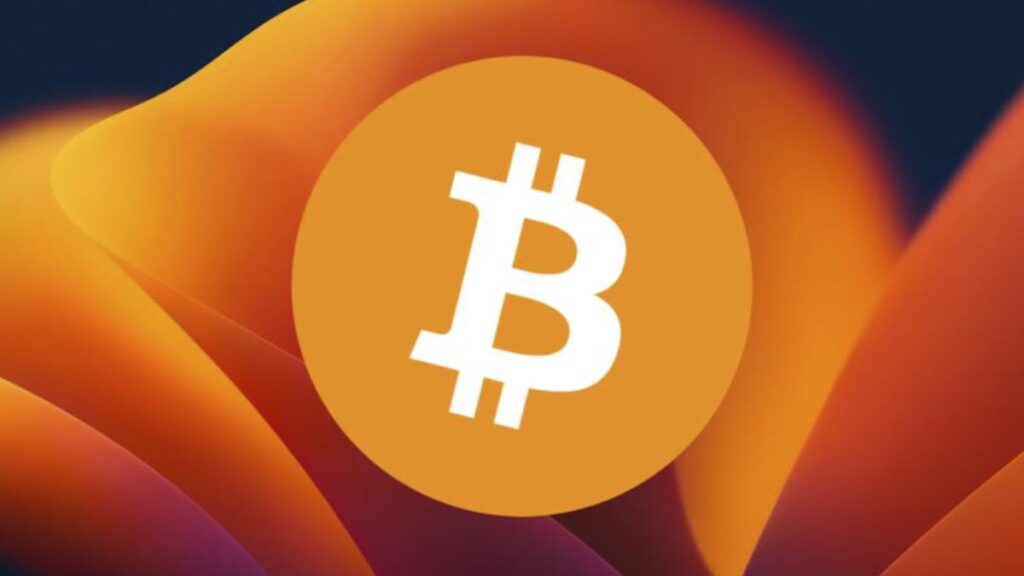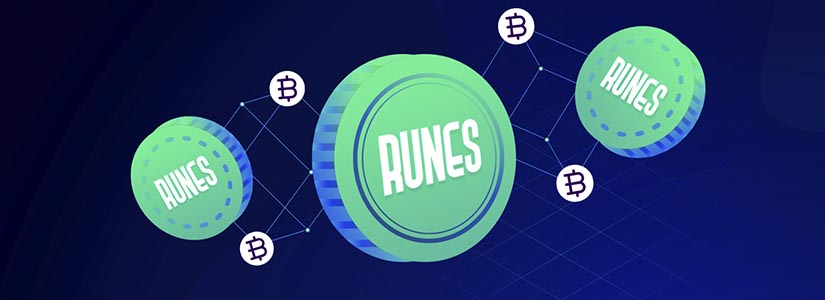TL;DR
- Runes accounts for 68% of all Bitcoin transactions since its launch.
- Although it has decreased slightly since halving day, it has been a significant source of fee income for Bitcoin miners.
- There is debate over whether it will provide a sustainable income stream for Bitcoin miners in the long term.
In the cryptocurrency world, tokenization has become a hot topic, and Runes is in the spotlight on the Bitcoin blockchain.
Since its launch following the halving event, Runes has dominated the Bitcoin transaction landscape, accounting for 68% of all transactions to date, according to official Dune data.
The popularity of Runes is evidenced by its impressive transaction figures.
With over 2.38 million transactions processed so far, it is clear that this new token standard has captured the interest of a wide audience.
However, despite its success in transaction volume, the amount of mining fees it generates has seen a slight decline since the record halving day.
One of the biggest days was April 23, when over 750,000 transactions were recorded, although this number dropped significantly the following day, with 312,000 transactions.
These ups and downs reflect the volatility and fluctuation that characterizes the cryptocurrency market.
The importance of Runes is reflected in the significant contribution it has made to Bitcoin miner fees.
On halving day, these transactions accounted for almost 70% of the miners total fees.
Although this percentage has changed since then, it is still an important source of income for miners.
Despite these achievements, questions remain about the long-term sustainability of Runes
Some industry experts point to the disparity between the number of transactions and the fees earned by miners as a point of concern.
Runes creator Casey Rodarmor has touted this new standard as a more efficient way to create tokens on the Bitcoin network compared to previous standards.
However, there has been no shortage of criticism, especially regarding the block space that Runes transactions occupy and its impact on the original vision of Bitcoin as a peer-to-peer electronic cash system.
The rise of Ordinals in the Bitcoin ecosystem is a reflection of the constant evolution and innovation in the cryptocurrency space.
As debates continue over its long-term impact, it is clear that Runes has left a significant mark on the world of decentralized finance and will continue to be a topic of interest for the crypto community for the foreseeable future.











